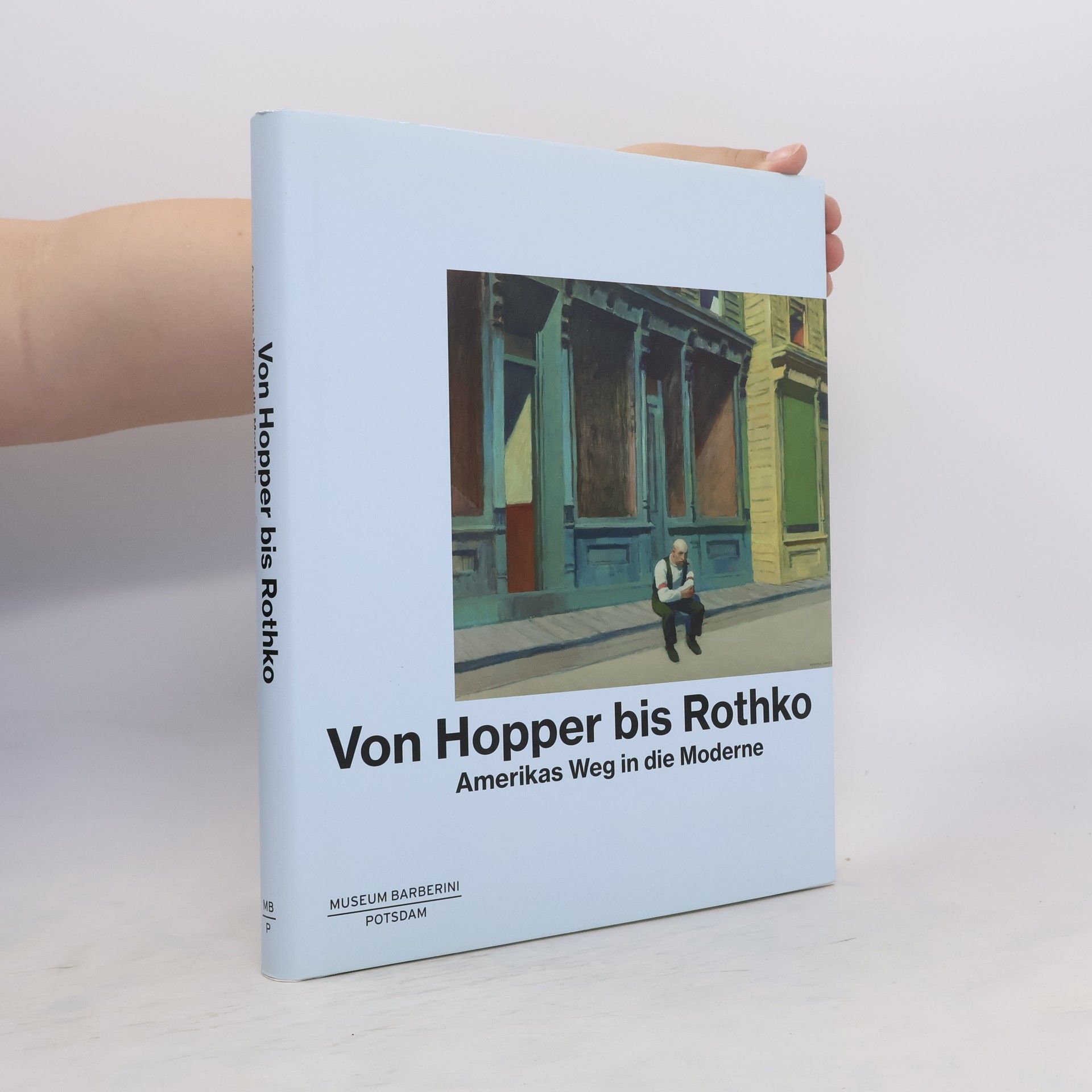Maurice de Vlaminck: Modern Art Rebel
- 220pages
- 8 heures de lecture
This lavishly illustrated exhibition catalog features seventy career-spanning works by the French avant-garde painter, one of the twentieth century's great colorists and a major proponent of Fauvism. After his participation at the Paris Salon d'Automne of 1905, Maurice de Vlaminck (1876-1958) quickly established himself as a leading figure of the French avant-garde. More than any other member of the Fauves, he keenly identified with the attribute of wildness and early on propagated the image of a modern artist rebel who resolutely turned his back on the rules of academic painting. His central source of inspiration was the oeuvre of Vincent van Gogh, whose works Vlaminck studied at the large solo exhibition which took place at the Bernheim-Jeune Gallery in 1901. Van Gogh's training as an autodidact as well as his burgeoning myth as an artist genius and social outsider strengthened this identification, which would remain key throughout Vlaminck's later career. This catalog provides a wide-ranging overview of the painter's entire oeuvre: from the first compositions he executed at the beginning of the 20th century, through the experiments with Cubism that were inspired by Cézanne and Picasso, to some of his very last landscapes. Throughout, the book recalls Vlaminck's vital contribution to the development of 20th-century painting, notably his role as one of the most important precursors of Expressionism.


